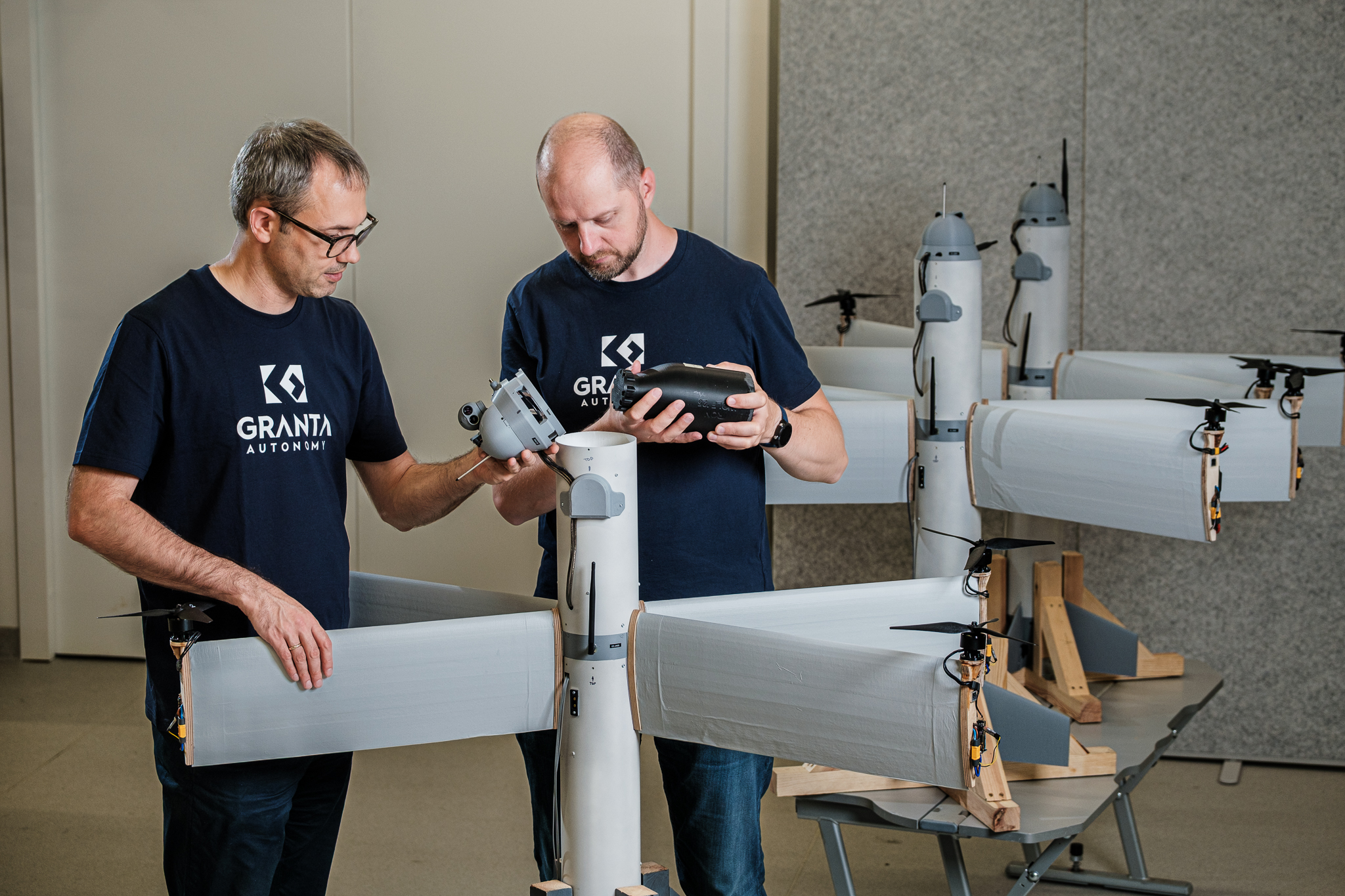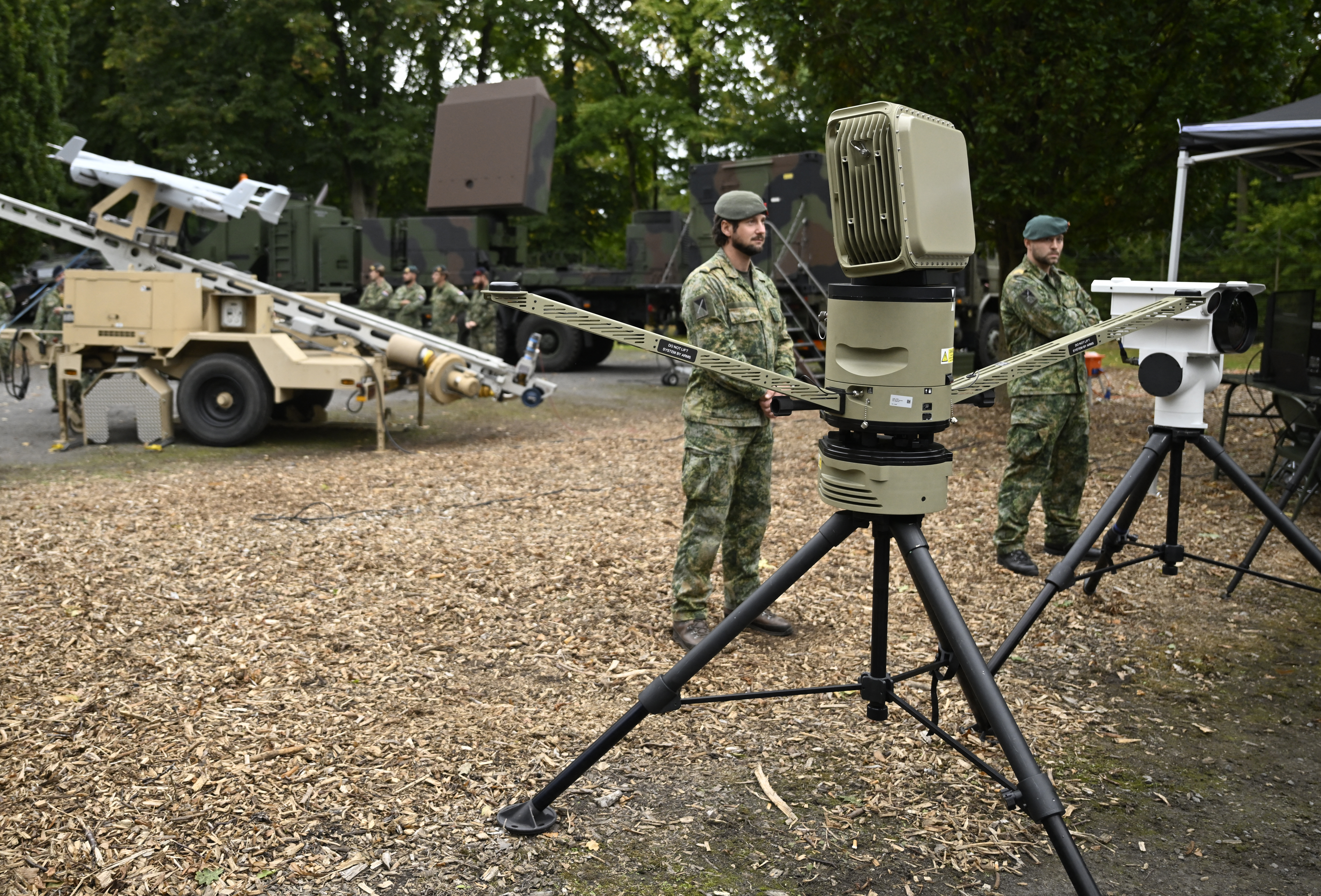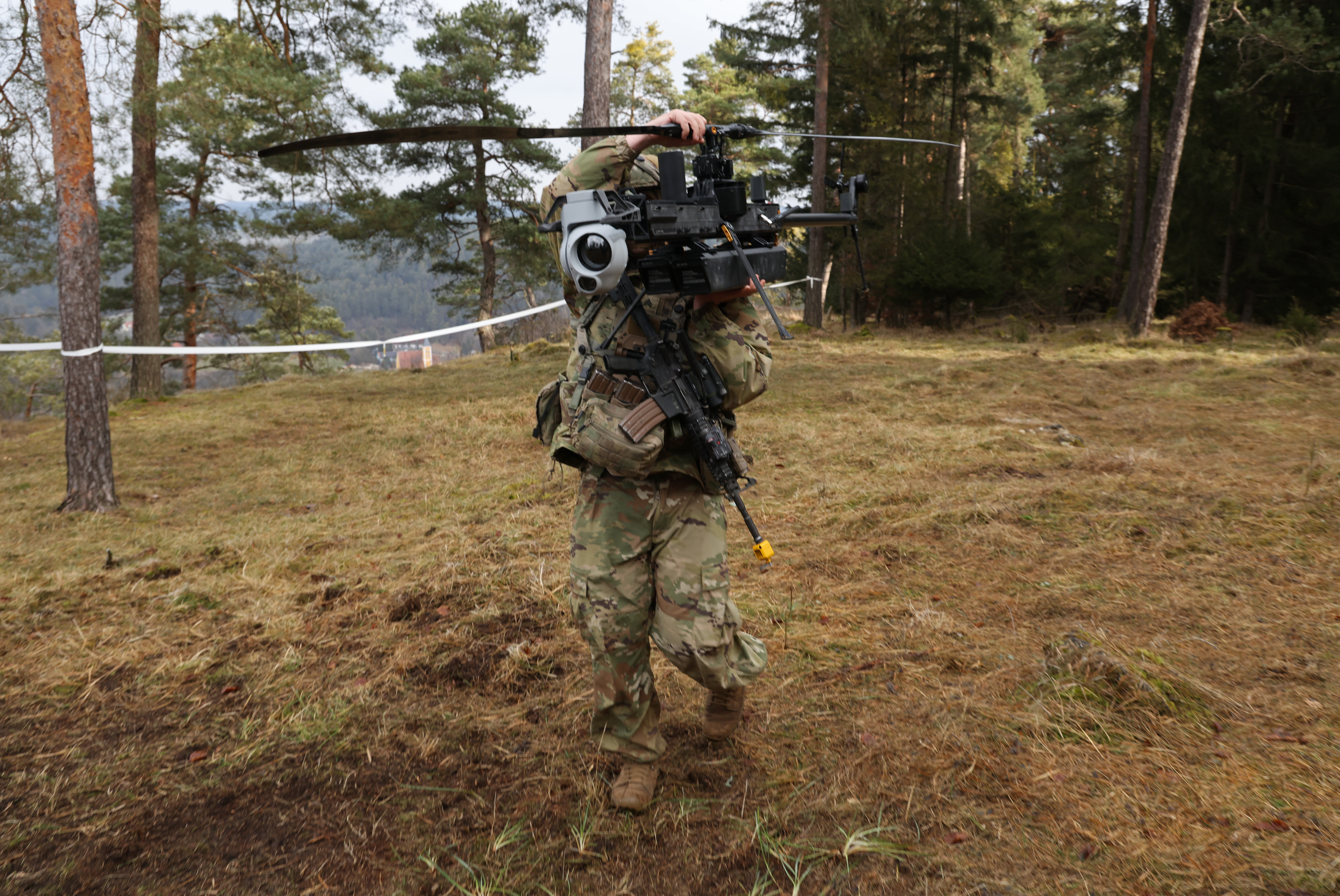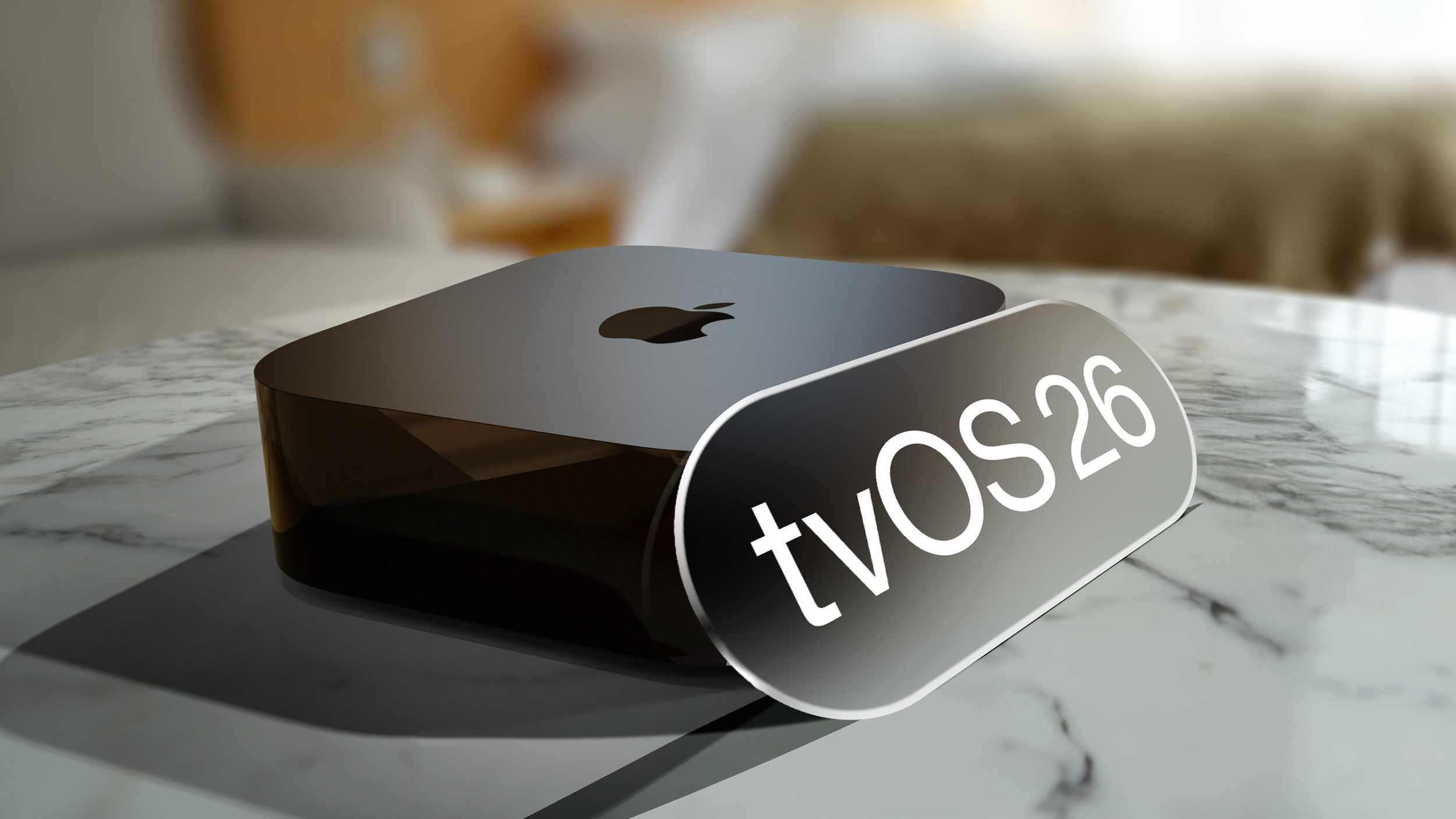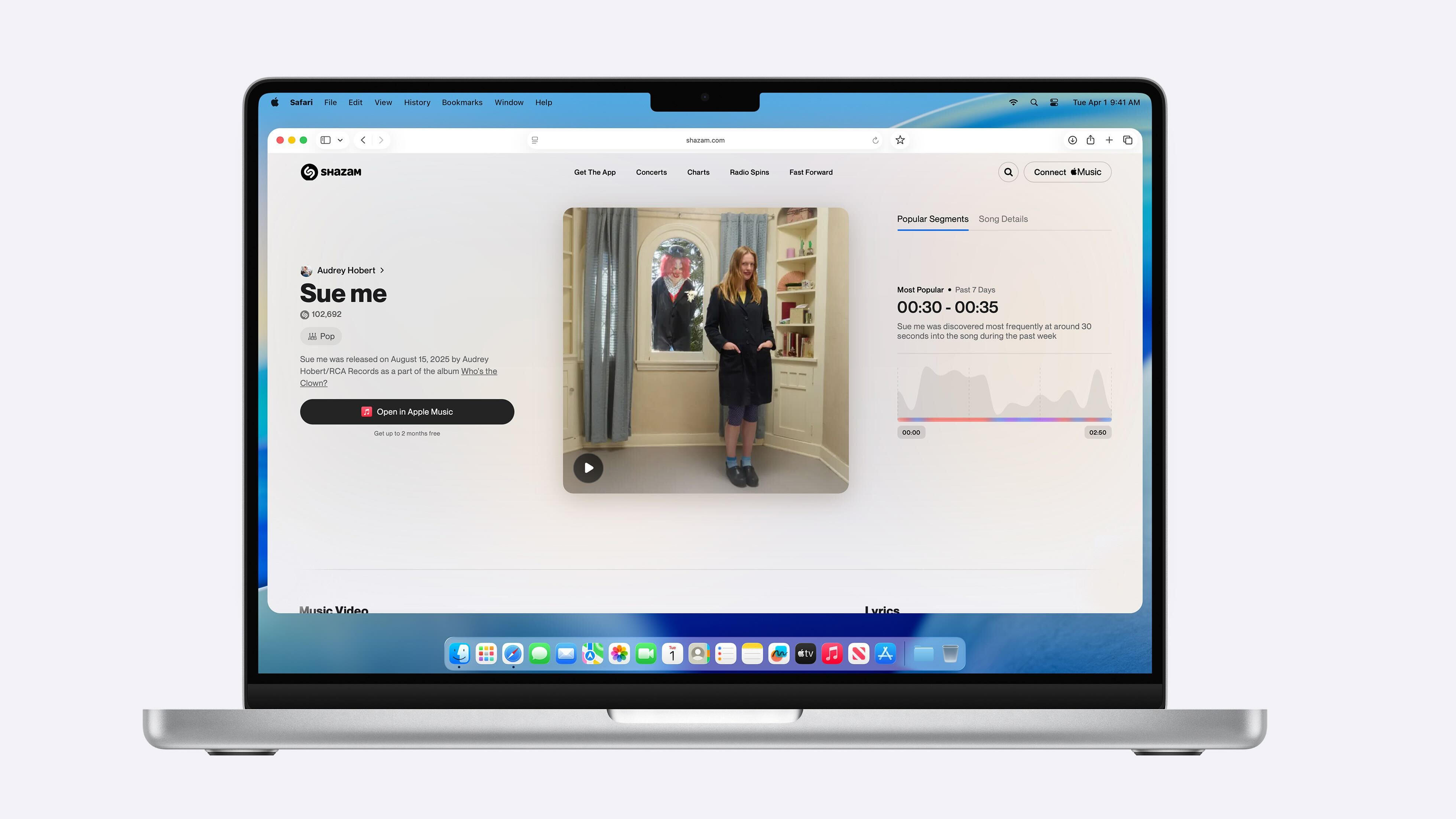
Repair site iFixit today did one of its traditional teardowns on the iPhone Air, which is Apple’s thinnest iPhone to date and the first major redesign we’ve seen in the iPhone line in several years.
To fit all of the necessary components in a 5.6mm frame, Apple designed a camera “plateau.” The iPhone Air‘s logic board is partially inside of the camera bump, providing space for a large, metal-encased battery. The position of the logic board also ensures that it’s protected from bending stress if the iPhone Air happens to flex, though we’ve seen in several tests that the titanium frame of the device is almost bend-proof.
iFixit tried bending the iPhone Air frame without any of the components inside, and it wasn’t quite as durable as it is when it’s fully packed. The frame easily bent, because there are weak points where Apple had to add plastic gaps to prevent cellular interference. As to whether the weak points will be an issue for iPhone Air owners, iFixit says “time will tell.”

Earlier this week, iFixit took apart MagSafe Battery that Apple designed for the iPhone Air, and speculated that Apple was using the same battery for the accessory that it used in the iPhone Air. That’s now confirmed, and Apple did indeed include an iPhone Air battery inside the MagSafe Battery pack. The battery has a 12.26 watt-hour capacity, and you can take the battery out of the MagSafe Battery pack and put it in an iPhone Air with no issue.
Though the iPhone Air has a thinner design than usual, it’s easier to repair than you might think. There isn’t room for layers of components, and iFixit says that the thin chassis keeps parts from getting buried. Apple is using a clipped-in display and back glass that’s easier to remove. For the battery, Apple is using adhesive that can be loosened with low-voltage electrical current. It’s a design that Apple introduced last year with the iPhone 16, and now it’s expanded to other models.
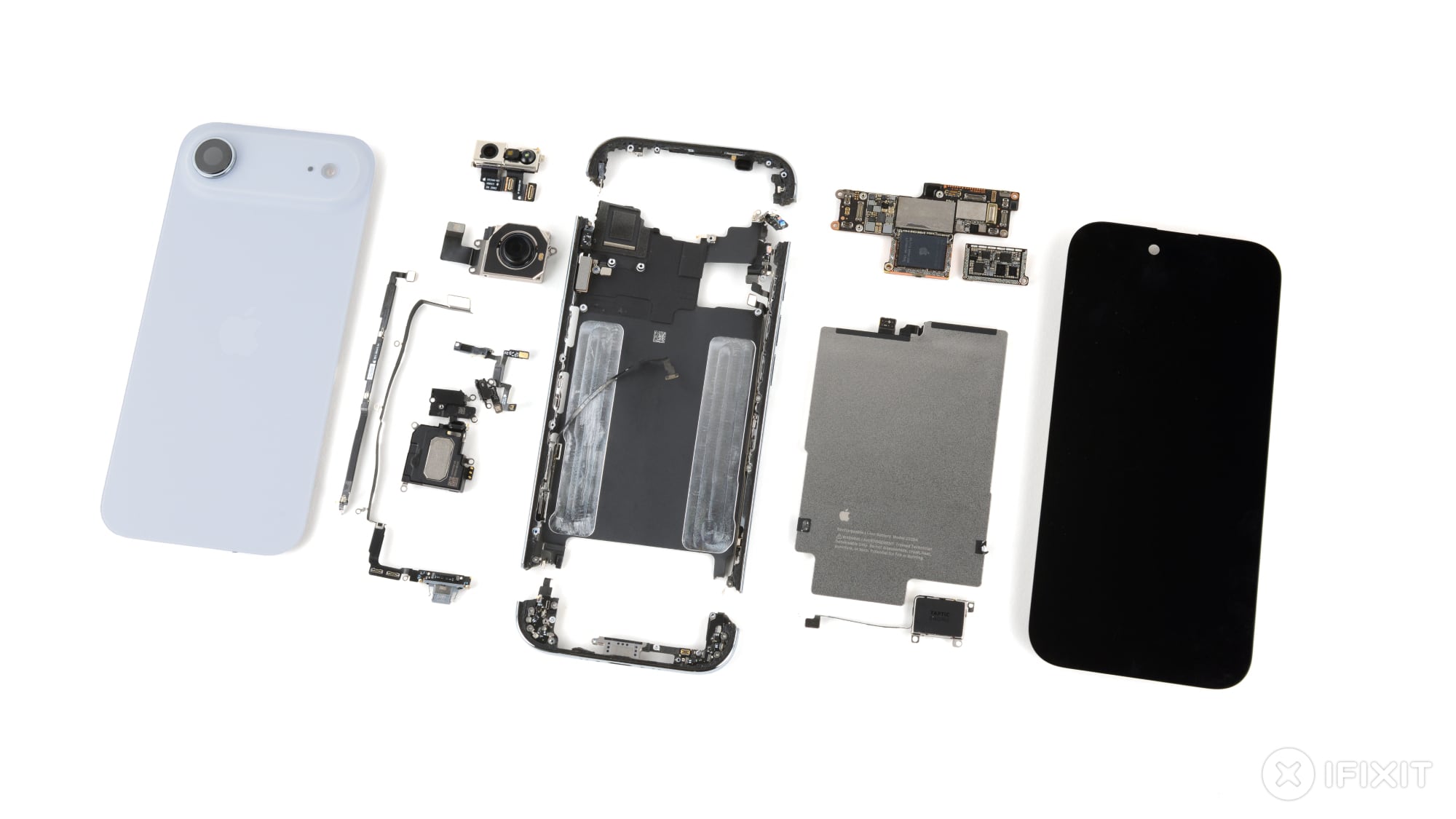
Apple 3D printed the USB-C port for the iPhone Air to get it to fit in the chassis, and iFixit found that the company is indeed using a 3D printed titanium alloy that’s not as scratch resistant as the frame, but is “structurally robust.” The USB-C port is glued in place, but it is modular and can be removed if needed.
The iPhone Air logic board includes the C1X 5G modem, the N1 networking chip, and the A19 Pro, all of which Apple designed. The iPhone Air is the first iPhone to have so many custom-designed Apple chips. The other iPhone 17 models also have the A19 and the N1, but the iPhone Air also gets the C1X instead of a Qualcomm modem.
Overall, iFixit gave the iPhone Air a provisional repairability score of 7 out of 10, because it’s easier to get to the battery and not too difficult to replace a screen. Apple has also made efforts to release spare parts and manuals for iPhone repair, and has scaled down software locks and restrictions on parts pairing, improving its iPhone repairability scores.
Make sure to watch iFixit’s full video to see the iPhone Air disassembled piece by piece.
This article, “iFixit Teardown Reveals How Apple Made the iPhone Air So Thin” first appeared on MacRumors.com
Discuss this article in our forums

Featured, iPhone Air, iFixit
MacRumors: Mac News and Rumors – All Stories
[crypto-donation-box type=”tabular” show-coin=”all”]

